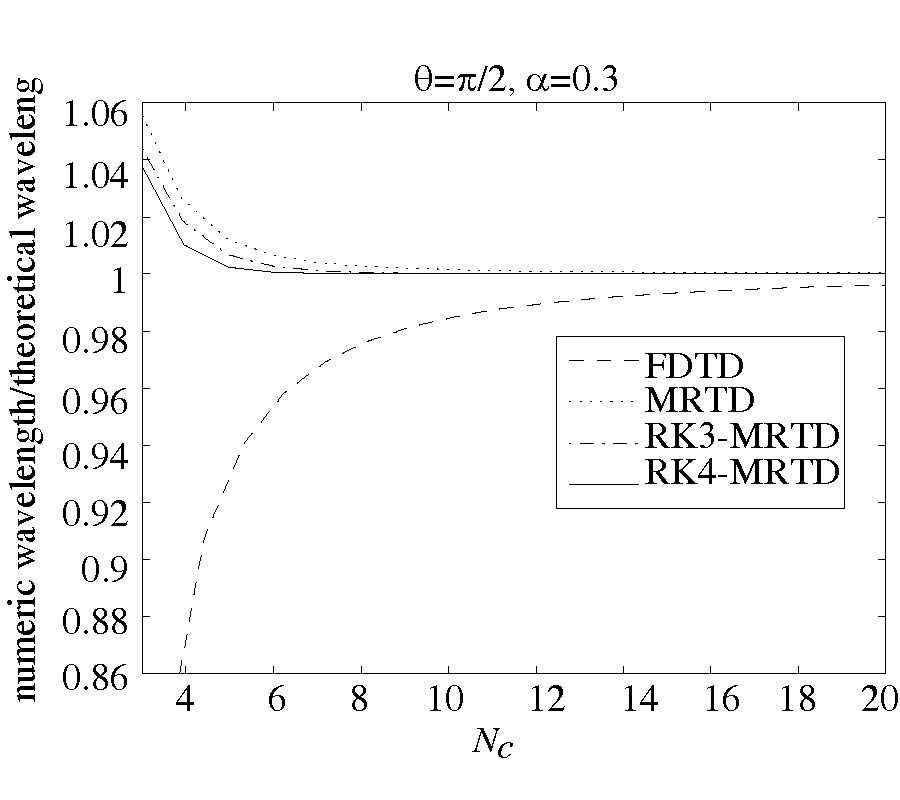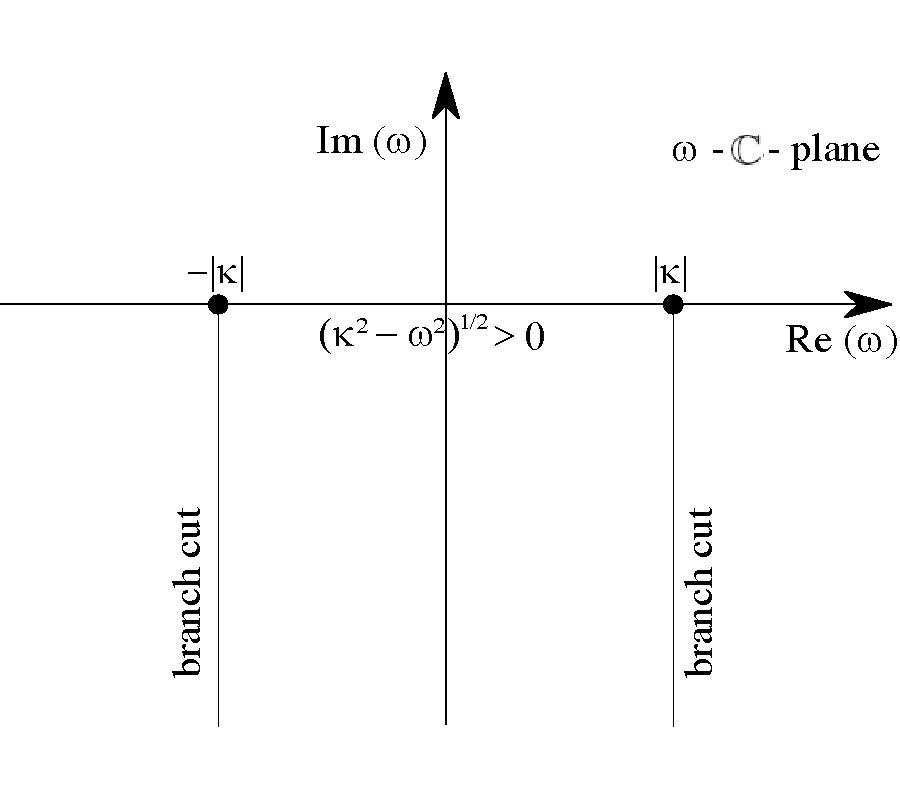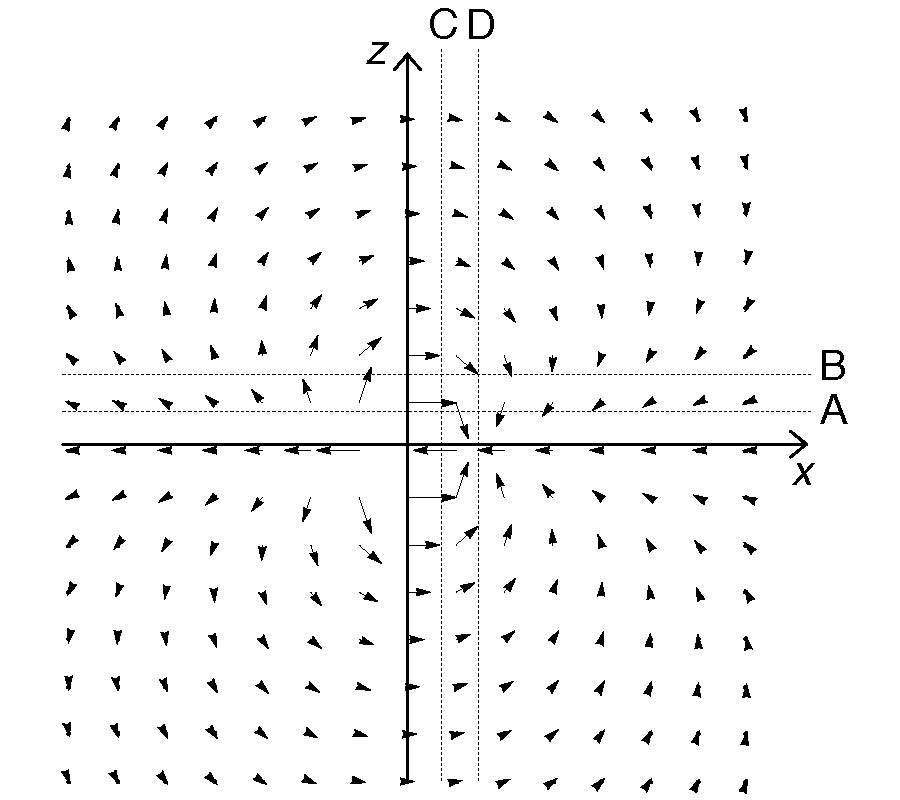Towards a Better Excitation of the Surface Wave
Luca Petrillo,
Florent Jangal,
Muriel Darces,
Jean-Louis Montmagnon and
Marc Hélier
In the field of maritime surveillance, HF surface wave radars seem to be considered as an optimum and low cost solution. Nevertheless, the commonly used radiating elements of those radars are not yet able to only launch surface waves. We aim to design a specific radiating element optimized for exciting such waves. The first step of such an issue is to set thoroughly the problem. In this paper, surface waves on the boundary between two dielectric media are considered. Kistovich decomposition is applied in order to discuss the influence of the Zenneck wave on the field excited at the sea surface. It is shown that Zenneck approach and Norton's one are not contradictory. Above all, we point out that, using Kistovich decomposition to design radiating elements, we can expect a significant improvement of the surface wave intensity.


















